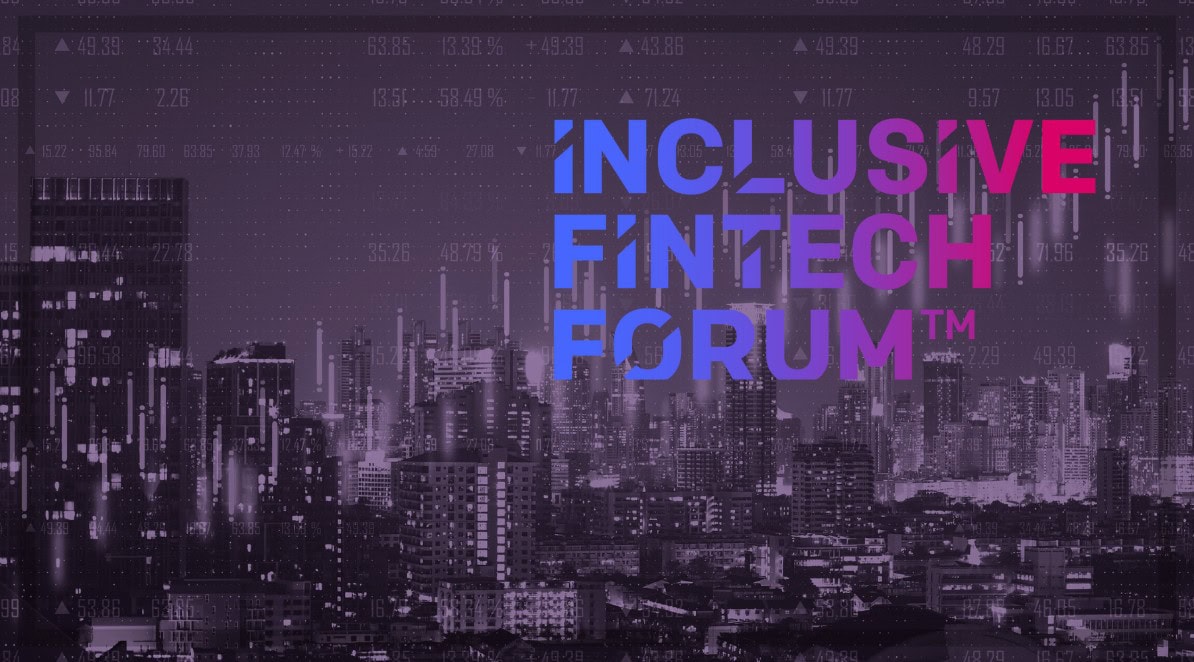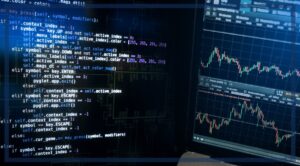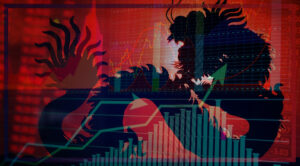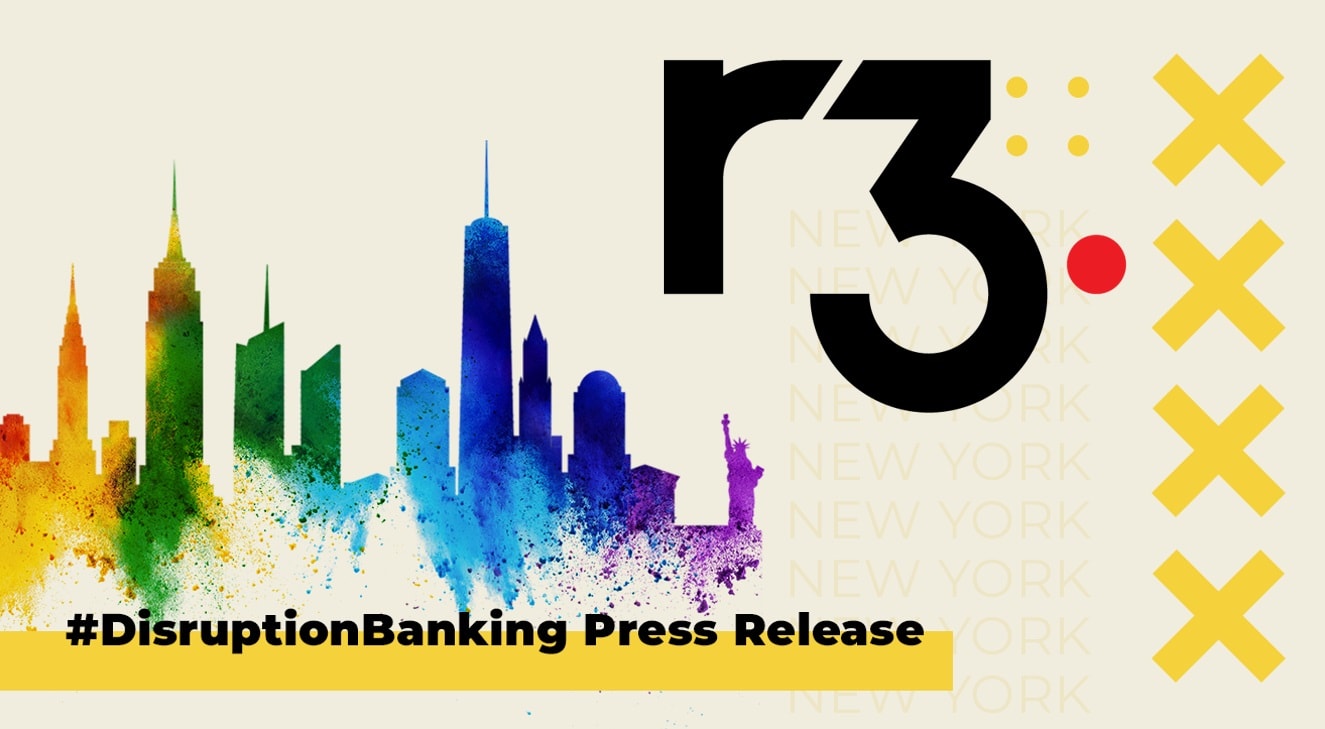At the beginning of the year investment management platform provider SimCorp reported that three in four decision makers on the buy side of financial services can see the potential benefits of using AI in their trading operations but “need more information” before they commit.
In this third part of a Disruption Banking series about the rise of AI in financial services, we look at how buy-side firms are using the technology – along with our old friend Python – to augment their trading strategies, and the potential benefits and hazards.
Python and ML: a Beautiful Team
Our prologue article to this series looked at the rise of Python in financial services. It’s still going strong: hedge funds have been using the celebrated computer language’s capacious libraries to develop machine learning (ML) algorithms “to make predictions and inform trading decisions” for some years now.
Stefan Janssen’s GitHub how-to guide Machine Learning for Algorithmic Trading confirms that Python suite tools like TensorFlow and Scikit-Learn go snugly hand in hand with AI-derived programs used on the buy side.
“The code examples [featured in the tutorial] rely on a wide range of Python libraries from the data science and finance domains,” it says.
How to use MACD for algorithmic trading Machine Learning.
— Quant Science (@quantscience_) June 29, 2025
Let's dive in. 🧵 pic.twitter.com/3j7QBpQs5L
Sounds Great, but How do I Use it?
A glance at the Janssen manual should tell you what any layperson likely will – embarking on a financial services-tailored AI project is not for the faint-hearted. Yes, the technology can save valuable time – when it’s used by someone who knows what they are doing. And that is precisely what buy-side decision-makers appear to be worried about.
“Respondents recognize the transformative potential of AI in investment management, with expectations of significant improvements in operational efficiency, decision-making, and client satisfaction,” says SimCorp. But it adds that three-quarters “of respondents identified a need for more guidance on integrating AI into investment processes.”
IMF Sounds the Alert
Buy side leaders aren’t wrong to temper their enthusiasm with caution. The benefits of AI and ML on financial trading do not come without caveats. The International Monetary Fund (IMF) issued a warning in October 2024, in which it said AI could make markets more volatile even as it makes them more efficient.
“Automated trading algorithms have helped markets move faster and digest large trades more efficiently in major asset classes such as US equities,” it said.
But it also accused them of contributing to “flash crash” events, which cause market prices to swing wildly over short periods of time. The IMF is concerned that such unanticipated occurrences “could destabilize markets in times of severe stress and uncertainty,” adding: “Prices may react much more quickly in an AI-driven market.”
But there is little doubt that AI strategies drive higher trading volumes. US Securities and Exchange Commission filings showed that in the fiscal year 2023, AI-driven exchange traded funds (ETFs) saw average portfolio turnover ratios of 11.62. Compare and contrast with other ETFs over the same period at 0.26.
In the last few years there have been 2 major innovations that have made Hedge Fund replication ETFs a lot better:
— Bob Elliott (@BobEUnlimited) May 12, 2025
– New machine learning approaches are better at capturing tactical alpha shifts.
– Increased regulatory flexibility to run more sophisticated strategies in an ETF. pic.twitter.com/F6jKe9hMzy
Cautious Optimism on the Buy Side
In case you’re new to the finance game, the buy side would include the likes of hedge funds, asset managers and pension fund investors. Because they’re likely to be making big decisions with other people’s money, trusting said decisions to a machine isn’t something to be done lightly.
As such, venture capital firm Fintech Collective has been cautious in its praise for AI-powered trading algorithms.
“In the fast-paced world of modern trading, execution has become both an art and a science, with artificial intelligence and algorithmic trading emerging as the driving forces behind buy-side strategies,” it says. “The days of relying on manual processes are fading, replaced by sophisticated systems designed to optimize speed, scale, and precision.”
Fintech Collective praises AI-driven algorithms for their ability to access multiple liquidity points – these are essentially places where an asset can be readily converted into cash without affecting the overall market price.
But it also warns that buy-side firms could fall foul of unpredictable markets that might threaten to blow a hole in an AI-constructed strategy.
“An unexpected event from left field, such as economic or geopolitical curveballs, can impact expected outcomes,” it says. “Algorithms should include mechanisms to respond dynamically to market changes.”
Measuring Success
The SimCorp survey found that buy-side leaders were most impressed by AI’s contribution to tasks such as data cleaning (46% of leaders singled this out as a factor), enhanced data visualization (42%), accelerated time to insights (41%), and improved data accuracy (39%). Crucially, just over a quarter also said AI helps them to cut costs.
A similar proportion (24%) of buy-side trading desks said they planned to implement AI technology in the next year, with around one in six (15%) saying they’ve already done so, according to a 2024 survey by Crisil Coalition Greenwich. Assuming they have held true to their pledge, that means an estimated four in ten buy-side desks are using AI at the time of writing.
Join Professor Marcos López de Prado, a renowned hedge fund manager, entrepreneur, and professor, as he discusses his groundbreaking book, Advances in Financial Machine Learning, in a recent webinar recording.
— Quantopian (@quantopian) May 30, 2025
Full video here >> https://t.co/k5Lt5Fgb53 pic.twitter.com/hx4hmVJafI
There’s Always a ‘But’…
And yet, the fears remain. Citing the same survey, Traders Magazine recently claimed buy-side traders lacked the expertise or data readiness to deploy AI in real-time decisions. Using the mighty machine to help table a trading strategy is one thing – but using it for live decision-making “introduces significant operational and reputational risk.”
Because AI tends to operate on a “black box” principle, accountability fears have also been raised. Regulators and buy-side clients alike may raise a few eyebrows when traders cannot explain why AI made a particular trade decision. Especially if said decision didn’t deliver the desired outcome.
Another problem concerns sheer logistics. AI requires vast troves of data to be trained on – and that is not something buy-side trading desks tend to have. Even for those that have the data, Traders Magazine notes, “few possess the internal capabilities to process and train AI models effectively.”
AI or no AI, the Song Remains the Same
The risk-reward principle certainly isn’t new to financial services. Viewed through that lens, AI in buy-side trading doesn’t appear to be a fundamental paradigm-shifter: there are potential risks to using the technology to help buy stocks, but the rewards of doing so could be substantial.
Will machine trading enable hedge fund managers and other buy-siders to scale up operations and achieve even greater profits on behalf of clients – or will it lead them into ever decreasing circles of moral hazard by proxy? Time will certainly tell, because one thing is for sure: risk never stopped humanity from embracing innovation.
In the final instalment of this series, Disruption Banking will take a look at how the sell side of financial services is using AI – and the concerns that has raised. Until then, stay invested!
#AI #Python #FinancialServices #CapitalMarkets #MachineLearning #fintech
Author: Damien Black
The editorial team at #DisruptionBanking has taken all precautions to ensure that no persons or organizations have been adversely affected or offered any sort of financial advice in this article. This article is most definitely not financial advice.
Python: the First Language of Finance? | Disruption Banking
The Rise of AI in Trading: Policing Risk | Disruption Banking














